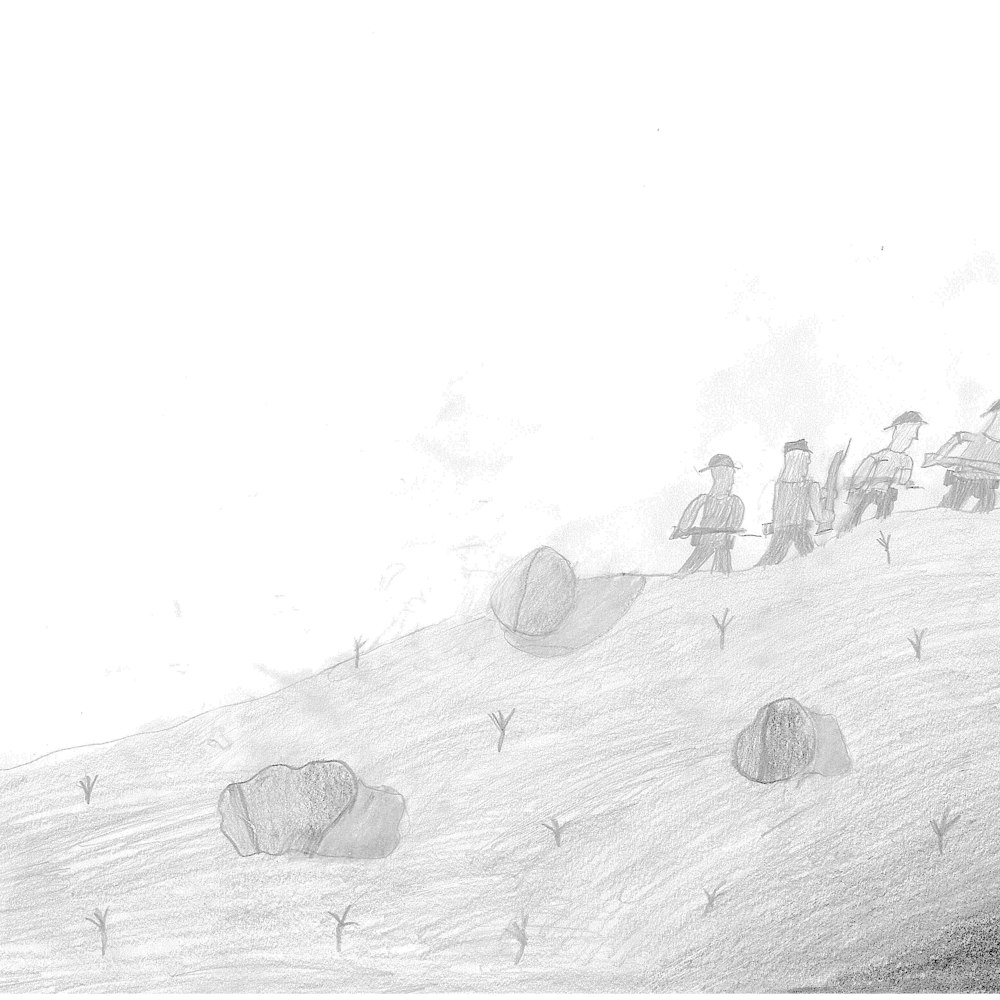"ANZAC" ARTICLE BY SAM CROLL YR 8
The Australian and New Zealand Army Corps (ANZAC) was formed in Egypt in December 1914. The men in this corps were made up of approximately 20,000 Australians and 10,000 New Zealanders. All of these men were under the command of Field Marshal William Riddell Birdwood (1865 – 1951) who was not an Australian or New Zealander, but in fact British. The ANZACs were originally going to be just Australians, but due to multiple factors such as there being no conscription in Australia and Australia's low population, the new nation of Australia could not reach the 30,000 troops required for corps strength, hence 10,000 New Zealanders were enlisted to join the ANZAC.
Not long after the formation of the ANZAC, Russia requested assistance from the United Kingdom and France to capture the Dardanelles in order to gain a supply route to Russia. Despite its large army, Russia had old and outdated technology and didn't have any land routes to its allies and the naval routes were extremely risky due to close proximity to the enemy and were blocked by arctic ice for most of the year, so they could not be delivered the newer technology they so desperately required. Due to Australia and New Zealand not yet being completely independent, we were considered part of the British Empire, so the ANZAC was just a part of the British military, hence they were sent to fight, not by the choice of their own governments, but by the choice of the British government.
The battle of Gallipoli began on April 25th with two fatal accidents. At 0330 the ANZACs entered their landing craft, which at the time were just row boats. In each of these landing craft a Royal Navy sailor took the role as helmsman. Disaster struck at 0345 when the steam boats tugging the craft lost formation due to the pitch black conditions. This caused the landing craft to land close together, hence ruining the plan for a spaced out landing and making it easier for the defenders to mow down large groups of landing troops. At 0420, minutes before the first troops were to land; one of the steamboats inadvertently heralded the landing and exposed all the troops, when a plume of smoke flowed from its chimney for just thirty seconds. At 0423 the first troops clambered out of their boats and ashore. Not only did they have to worry about relentless gun fire from the men above, they also had to worry about drowning before even touching the sand, due to their drenched uniforms. Whilst 9th and 10th Battalions landed in complete disarray on Anzac Cove, 11th Battalion continued to land on North Beach, completely missing their target, Brighton Beach. Finally at 0443 the second wave launched and unlike the first wave they stayed in formation due to the assistance of the morning sun, but the sun also worked against them as they were exposed from the moment they got into the view of the Turkish soldiers and got inundated with munition fire. The second wave made it to shore at 0458. They arrived to the shore in formation, fresh, eager, and ready to fight.
After this fatal landing was an even more fatal battle. The battle would become known as the Battle of Gallipoli and is the reason why we celebrate and commemorate ANZAC day on April 25th. Although this battle was a loss, it is still celebrated as it shows the Australia-New Zealand values of mateship, courage, bravery, determination, endurance, and gallantry. We do not just commemorate the ANZACs on ANZAC day; we commemorate all who served for Australia and New Zealand: who died for freedom, prosperity, life, and above all the future of our great nations, lest we forget.
Sam Croll, Year 8
13.4.2018
